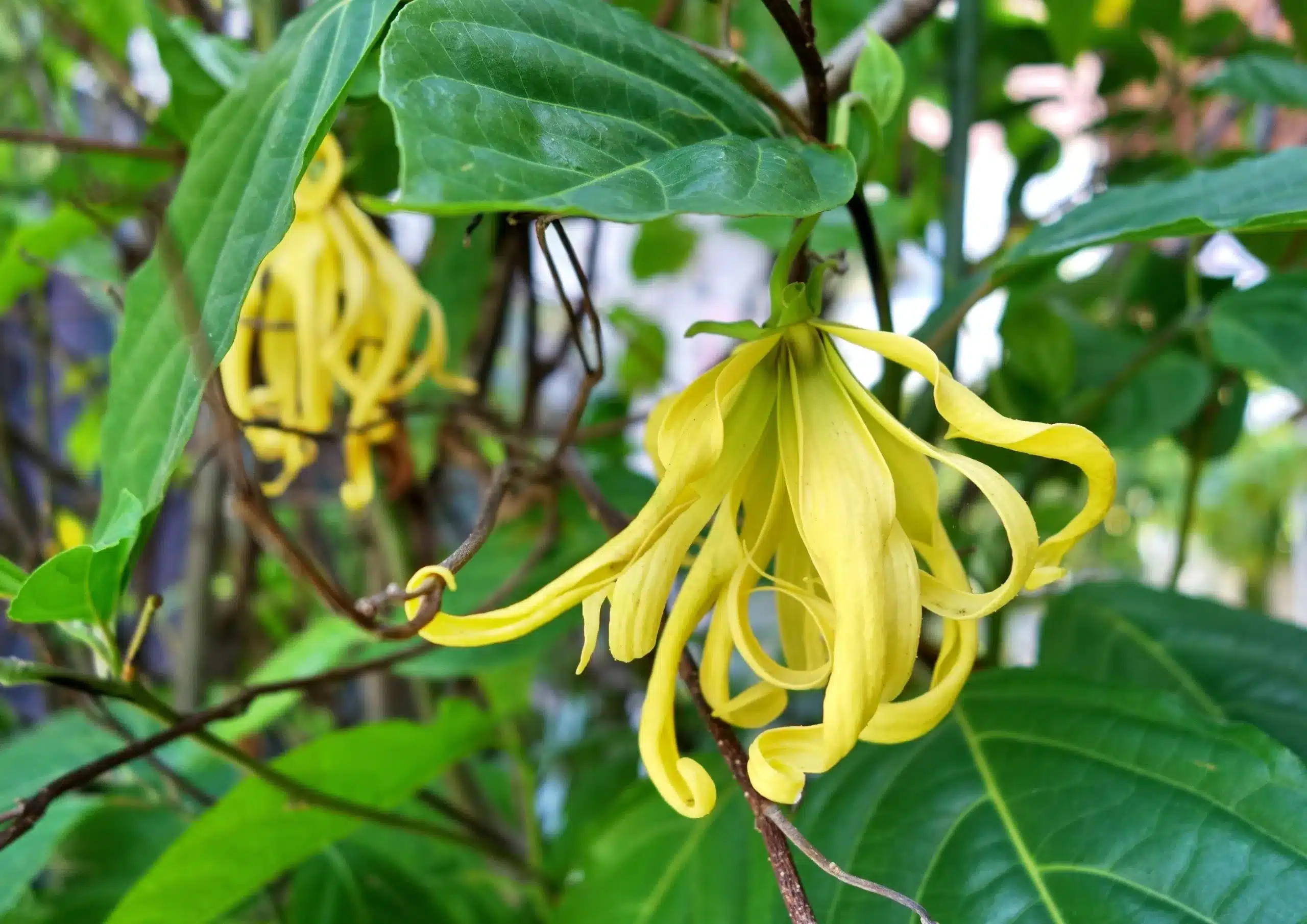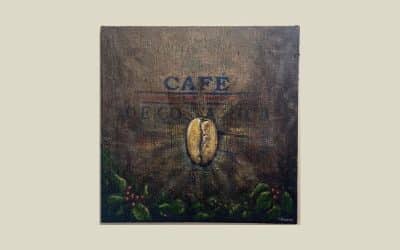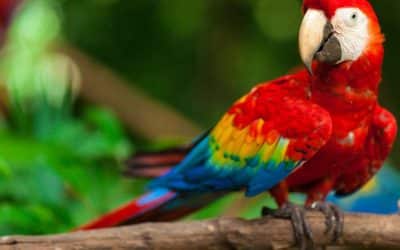Delving into the world of the fragrant Ylang-Ylang trees is like unveiling a rich story of botanical wonder and aromatic delight. Native to the Indo-Malayan region, the Ylang-Ylang tree has made a significant mark in various regions, including Costa Rica. We unravel the mysteries and joys that this magnificent tree harbors, offering a comprehensive insight into its indispensable role in modern society.
Originally endemic to the Philippines and Indonesia, the tree gradually found its way to other parts of the world, including the rich landscapes of Costa Rica. Its name, derived from the Tagalog term “ilang-ilang,” translates to “flower of flowers,” aptly capturing the essence of its exquisite blossoms and mesmerizing fragrance which have endeared it to people globally.
The Ylang-Ylang tree, scientifically known as Cananga odorata, stands tall with long, drooping branches adorned with bright green leaves. The star-shaped yellow flowers, which yield an intoxicating fragrance, are the tree’s standout feature. Growing to a height of about 12 meters, the evergreen offers a picturesque view and aromatic experience, enhancing the environments where it thrives.
Thriving in full sun to partial shade, the Ylang-Ylang tree favors well-drained soil rich in organic matter. The tropical climate of Costa Rica nurtures them to full bloom, creating the optimal environment for the production of their renowned essential oils. The conditions here are a haven for these trees, encouraging lush growth and abundant flowering which is essential for oil production.
The oil from the Ylang-Ylang tree is extracted through a delicate steam distillation process of its fresh flowers. This process retains the rich fragrance that the perfume industry highly seeks. The oil extraction gives birth to different grades of Ylang-Ylang oil, each categorized based on the duration of the distillation process. These various grades find unique applications in aromatherapy and cosmetic products, highlighting the versatility of this botanical wonder.
Ylang-Ylang essential oil offers more than a fragrant addition to products; it harbors several benefits including a calming effect that aids in relaxation and stress relief. Additionally, it has been found to balance oil production in the skin and revitalize the complexion, earning it a favored spot in skincare routines globally.
The Ylang-Ylang’s journey to stardom can arguably be traced to its pivotal role in the creation of the iconic Chanel No. 5 perfume. Introduced in 1921, this timeless fragrance harnessed the powerful and intoxicating scent of Ylang-Ylang in synergy with other floral notes to craft a scent that would become synonymous with elegance and sophistication. The presence of Ylang-Ylang in the perfume not only elevated the fragrance profile but also carved a niche for itself in the luxury perfume industry. Its sensual and floral notes were integral in achieving the rich, layered scent that made Chanel No. 5 a hallmark of luxury and a symbol of femininity. Moreover, the inclusion of Ylang-Ylang in the perfume’s formulation set a precedent for the ingredient’s incorporation in high-end fragrances, emphasizing the Ylang-Ylang tree’s importance and its aromatic contribution to the world of perfumery. The intertwined history of Chanel No. 5 and Ylang-Ylang stands as a testament to the tree’s deep-rooted significance in the tapestry of fragrance history.
As the demand for Ylang-Ylang and its derivatives grows, concerns regarding sustainability and environmental impact arise. Responsible harvesting practices are pivotal to ensure the tree’s continued presence in our ecosystem. In Costa Rica, efforts are underway to promote sustainable harvesting, nurturing a harmonious relationship with the surrounding environment and ensuring the Ylang-Ylang tree remains a treasured component of the region’s flora.
The integration of Ylang-Ylang trees into the Costa Rican flora has enhanced the country’s rich biodiversity, offering a sanctuary for various wildlife species and presenting an aromatic haven for locals and tourists alike. This tree stands as a testament to the rich tapestry of aromatic plants that grace this land, seamlessly weaving itself into the vibrant ecosystem.
It becomes clear that the Ylang-Ylang tree is more than just a botanical entity; it is a heritage, a boon, and a fragrant testament to nature’s brilliance. It holds a treasured spot in the rich landscapes of Costa Rica, offering aromatic delights to the world. This magnificent tree, with its multifaceted benefits, invites us to delve deeper into understanding and preserving it, encouraging sustainable practices that ensure its continued existence for generations to enjoy. Let us cherish and preserve this aromatic gift from nature, as we revel in the fragrant delights it offers to the world.JTNDZGl2JTIwc3R5bGUlM0QlMjJwb3NpdGlvbiUzQXJlbGF0aXZlJTNCcGFkZGluZy10b3AlM0FtYXglMjg2MCUyNSUyQzIyNHB4JTI5JTNCd2lkdGglM0ExMDAlMjUlM0JoZWlnaHQlM0EwJTNCJTIyJTNFJTNDaWZyYW1lJTIwc3R5bGUlM0QlMjJwb3NpdGlvbiUzQWFic29sdXRlJTNCYm9yZGVyJTNBbm9uZSUzQndpZHRoJTNBMTAwJTI1JTNCaGVpZ2h0JTNBMTAwJTI1JTNCbGVmdCUzQTAlM0J0b3AlM0EwJTNCJTIyJTIwc3JjJTNEJTIyaHR0cHMlM0ElMkYlMkZvbmxpbmUuZmxpcGh0bWw1LmNvbSUyRnZ6Y2ltJTJGd3R0YyUyRiUyM3AlM0QxMDglMjIlMjAlMjBzZWFtbGVzcyUzRCUyMnNlYW1sZXNzJTIyJTIwc2Nyb2xsaW5nJTNEJTIybm8lMjIlMjBmcmFtZWJvcmRlciUzRCUyMjAlMjIlMjBhbGxvd3RyYW5zcGFyZW5jeSUzRCUyMnRydWUlMjIlMjBhbGxvd2Z1bGxzY3JlZW4lM0QlMjJ0cnVlJTIyJTIwJTNFJTNDJTJGaWZyYW1lJTNFJTNDJTJGZGl2JTNF






